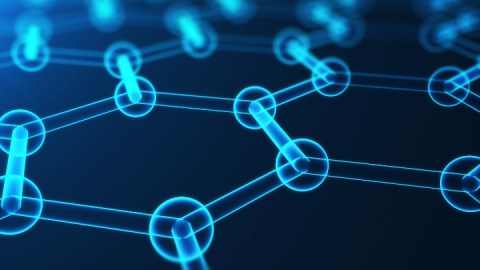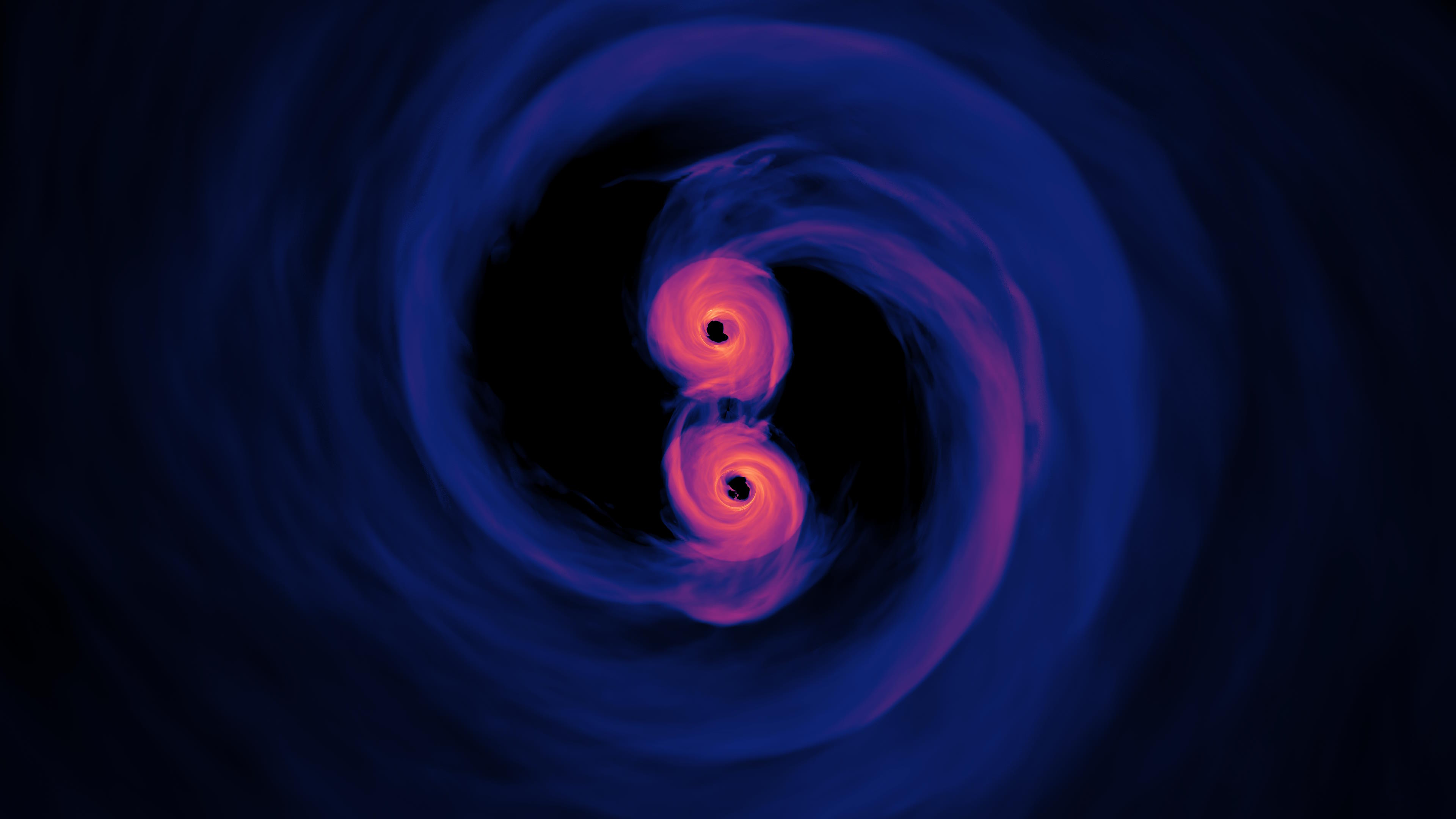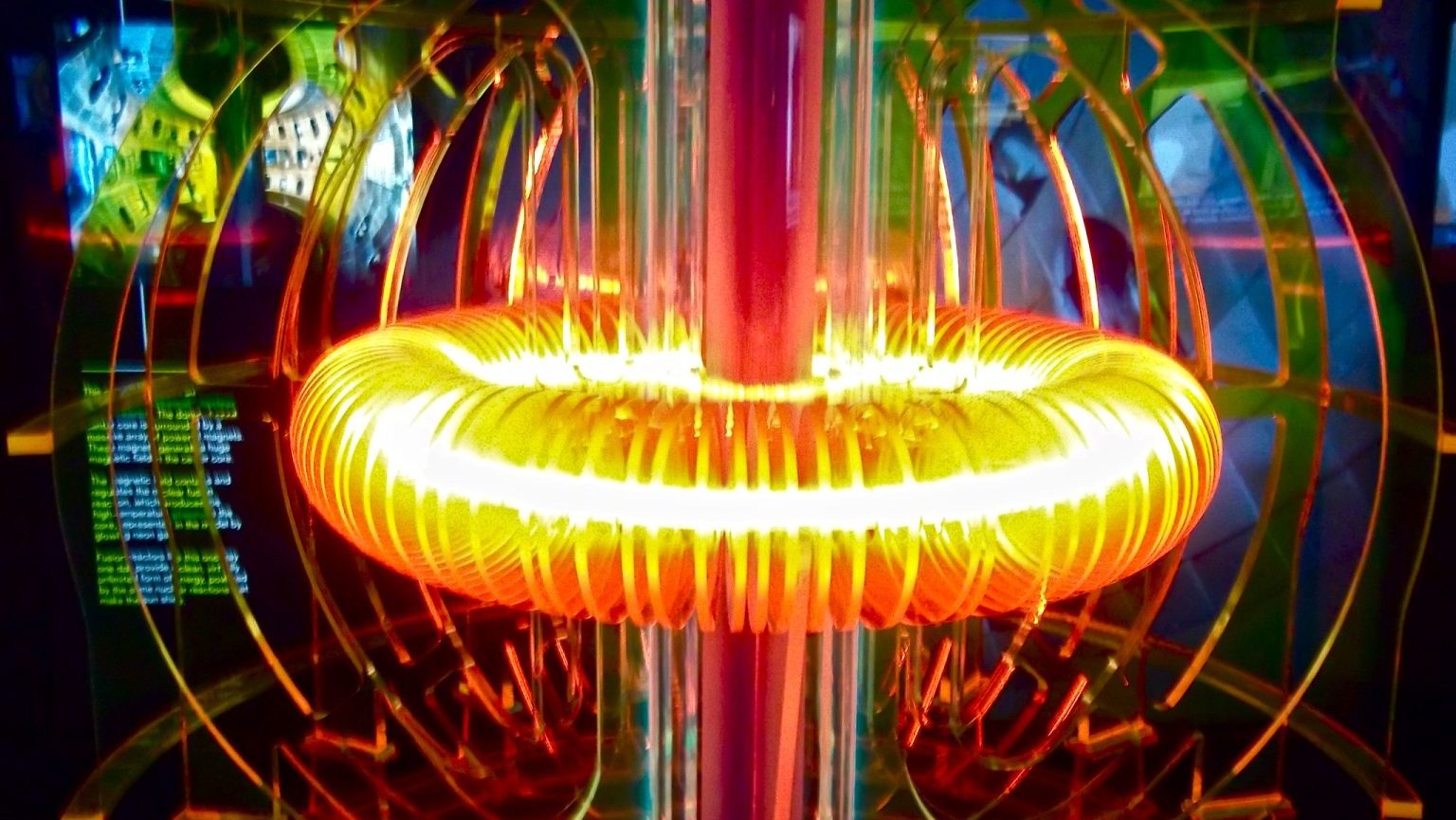Graphene May Someday Power the World

Graphene is a sheet of individual carbon atoms arranged in a chicken-wire-like pattern. It’s weird stuff, an electrically two-dimensional object in that its charge carriers — its electrons — are only capable of moving in two directions. It does have a little trick by which it gets a third dimension, though: Brownian motion, in this case, continuous, tiny, random movements in its atoms that ultimately cause the sheet to ripple upward and downward. Picture waves moving across a body of water. And now, a team of physicists from the University of Arkansas led by Paul Thibado have found it’s possible to capture energy from graphene’s ripples as an endless source of clean energy.
(VERITASIUM)
Brownian motion was first discovered way back, in 1827, and as a naturally occurring phenomenon, scientists ever since have wondered if there was a way to harness its energy. Leave it to weird graphene to make that possible by doing it on an atomic scale.
Thibado and his students were measuring the movement of graphene sheets, laid atop a copper grid for support, through a scanning tunneling microscope (or STM). The measurements didn’t make any sense, really, with each observation producing different data.
Thibado tells Research Frontiers, “The students felt we weren’t going to learn anything useful, but I wondered if we were asking too simple a question,” in thinking about the movement of the whole graphene sheet. So they studied measurements in smaller and smaller chunks, until they arrived at a single ripple, at which point things began to at least suggest some kind of governing logic.
When they zeroed in on measurements of a single point, “like looking at a buoy which only moves up and down in the ocean,” to use Thibado’s metaphor, they saw it: Tiny Brownian motion combined with larger, coordinated movements, a combination referred to as Lévy flights, that caused a sheet to flip up and down in ripples, similar to the motion produced by flexing a thin sheet of metal. It was the first time this had been observed at the atomic scale, and Thibado and his students published their research in Physical Review Letters.
The insight that graphene’s ripples are naturally occurring is the “key to using the motion of 2D materials as a source of harvestable energy,” says Thibado. Unlike other materials’ individual atoms moving randomly, the carbon atoms in graphene remain connected in their layer and thus move together, which allows the energy from those ripples to be captured using nanotechnology.
Thibado has invented the Vibration Energy Harvester, or VEH, for doing this, and he’s been awarded a provisional patent for his device that can run tiny motors.
While the amount of energy produced by each graphene layer is minuscule, it’s easy to see how it can scale upwards.
Thibado’s been working with pieces of graphene a mere 10 microns across, and whose Lévy flights measure only 10 nanometers by 10 nanometers to produce 10 picowatts of power.
Still, you can fit 20,000 such pieces on the head of a pin. A thin membrane of graphene layers could power a watch forever without the need for recharging, and imagine the possibilities for large “batteries” built from graphene: They could run indefinitely, never need recharging, and be absolutely clean.
(UNIVERSITY OF ARKANSAS)





